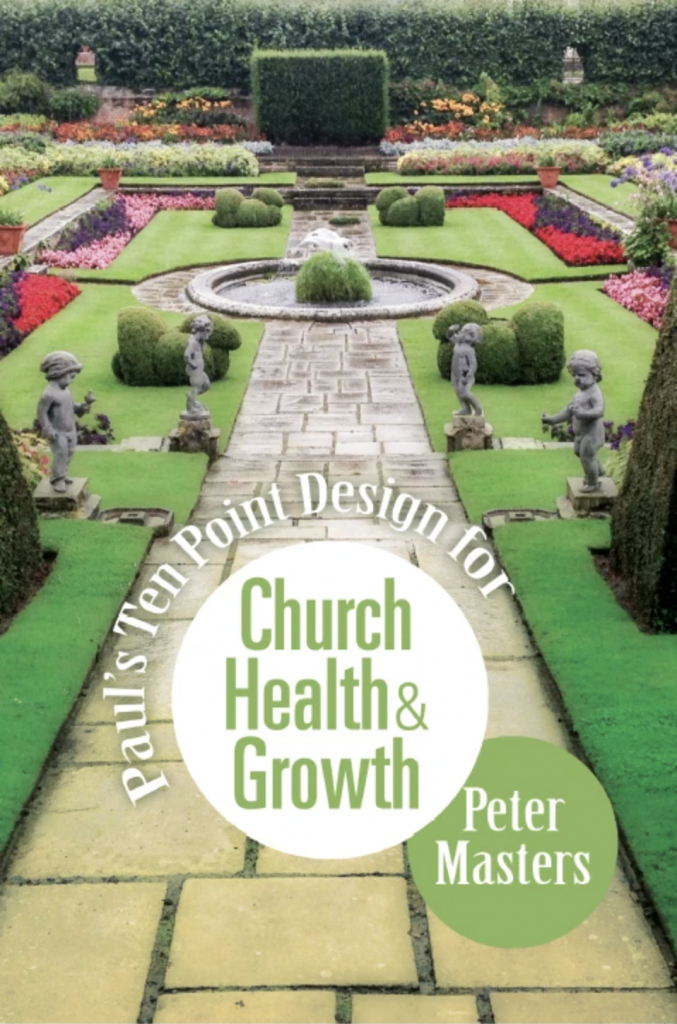Another great objective is that of building a praying church, the foundation stone of which will unquestionably be a worthy prayer meeting. Paul tells us repeatedly that he prayed without ceasing for all the churches where he had laboured, and pleaded with them to pray for him. But how practical is our prayer meeting?
A distinctive gathering for prayer has a special warrant in the New Testament, where we see distinctive prayer meetings described in Acts chapters 1, 4 and 12. These were not preaching meetings, but prayer meetings, convened to besiege the gates of Heaven with specific needs. A special promise was set upon the prayer meeting by the Lord in Matthew 18 – ‘If two of you shall agree on earth as touching any thing that they shall ask, it shall be done for them of my Father which is in heaven. For where two or three are gathered together in my name, there am I in the midst of them.’
This promise (in a statement quite distinct from the Lord’s preceding words on discipline) undergirds and mightily encourages prayer meetings. Spurgeon noted that in this text (and the promise of Matthew 21.22) the word ‘things’ is significant. These meetings will obviously praise God, and reflect on his majesty and goodness, but their primary purpose will be to pray for the specific ministries and concerns of the church. As Spurgeon insisted – they should be ‘asking meetings’, for this is what we are commanded to do throughout the New Testament.
In Matthew 18 the Lord says God will especially bless if a number of believers ‘agree’ in prayer – the Greek word meaning ‘sound together’. One speaks out audibly and the others follow in silent prayer. Then another contributes, and so on. To ‘agree’ also implies an agenda of concerns in which all have a common interest, and so the prayer meeting is not a gathering for stunning originality. It is chiefly a time when the ministries in which all are engaged, and the people they have on their hearts, are pleaded for.
Practical advice
Here are some practical standards for prayer meetings:–
• It is ideal to have a dedicated prayer meeting on a separate evening from the Bible Study.
• It is important that as many believers as possible attend, and that those who are able to pray aloud come with a high level of responsibility to do so.
• A list of special and regular concerns and ministries should be mentioned or read out before the prayer session begins.
• Participants should restrict their attention to not more than three concerns, so that many can contribute. If the main prayer session is 40 to 45 minutes, it follows that individual participants have only a limited time to pray. In a large prayer meeting of 100 people, 14-15 participants will be able to pray audibly as long as no one prays for more than three minutes. If someone were to pray for ten minutes, that person will have utilised a quarter of the meeting, which is clearly unfair (perhaps even proud). If the prayer meeting is much smaller, then longer prayers may be appropriate. The meeting will be greatly enriched if the prayers are kept short enough for many people to be encouraged to pray. It is a wholesome practice to allocate the last ten minutes to very brief, ‘one-matter’ contributions.
• On the whole, pastoral-type prayers (petitions for holiness and conduct) should be the province of the officers or senior members.
• Participants should stand up to be audible.
• Any tendency to ‘preach’, exhort, complain or vent initiatives should result in kindly counselling by the pastor or an elder after the meeting.
• All the people should say ‘Amen’ in recognition of ‘sounding together’.
• Participants should be encouraged to utilise all the time and not allow gaps to develop between prayers.
• If necessary, people should be privately encouraged to participate by officers.
If a fervent, committed prayer meeting can be brought into existence within a church, with many sharing responsibility in prayer, then the blessing of God will surely rest upon the efforts of that church, for the Lord has said, ‘I will yet for this be inquired of by the house of Israel, to do it for them’ (Ezekiel 36.37).
A good and practical prayer meeting cannot be achieved overnight. It may take time to wean some friends off their general prayers, or off their worldwide missionary tours, or off their cliché prayers, and so on. It may take time to train people into prayers which mention specific departments of the work, which lift up before the Lord individuals who are in need, and which focus on special endeavours such as visitation, personal witness, the Sunday services and Sunday School classes.
There are very great advantages in holding separate meetings for prayer and Bible study. A distinctive prayer meeting can be a much more intimate and powerful meeting. A fellowship may have some earnest but awkward friends who take time to adapt, and who dull the fervent ‘edge’ of the prayer meeting for some while, but this is what pastoral work is about – sitting down with fellow-believers, to explain the reasons behind an objective, and to encourage them along the right pathway.
Is the improvement of the prayer meeting part of our policy? It is most unwise to go knee-deep into evangelistic labours, rushing into one scheme and then another, if the prayer foundation is weak. We need much prayer for the preaching ministry. Every department of the work needs to be pleaded for every week. Are people and circumstances individually brought before the Lord? Is there an atmosphere of urgency, and are the petitions pressing and, above all, specific? This is how we prove the Lord. May he help every pastor and leader to build a truly praying church.
(More information on an ideal prayer meeting is given in the author’s booklet The Power of Prayer Meetings.)

Paul’s Ten Point Design for Church Health & Growth
by Peter Masters
Available for purchase from the Tabernacle Bookshop
Chapter headings
‘Prothesis’ / Policy 1: A Worshipping Church
Policy 2: A Praying Church
Policy 3: A Sanctified Church
Policy 4: A Working Church
Policy 5: A Learning Church
Policy 6: An Evangelistic Church
Policy 7: A Separated Church
Policy 8: A Sacrificial Church
Policy 9: A Loving Church
Policy 10: A Believing Church












